What’s the best way to learn about ancient civilizations and how they lived? There are plenty of answers to such a question, and all of them are valid. For example, it’s a good idea to look into the pantheon to see what they revered. It’s also a great idea to look into how they ate, how they waged war, and many others. That said, perhaps the most important aspect of learning about a civilization is learning about their most famous cities.
After all, civilizations rise and fall based on their cities, making it a great place to start for any history buff. In this case, we’ll talk about some of the top cities in the Inca civilization, which will hopefully help you understand how the Incas lived. For a time, they had the largest empire in the world, so it’s never a bad idea to learn about their most famous cities. The Inca civilization might not be at the top of the list of most popular ancient civilizations, but they are undoubtedly one of the most interesting.
Cusco
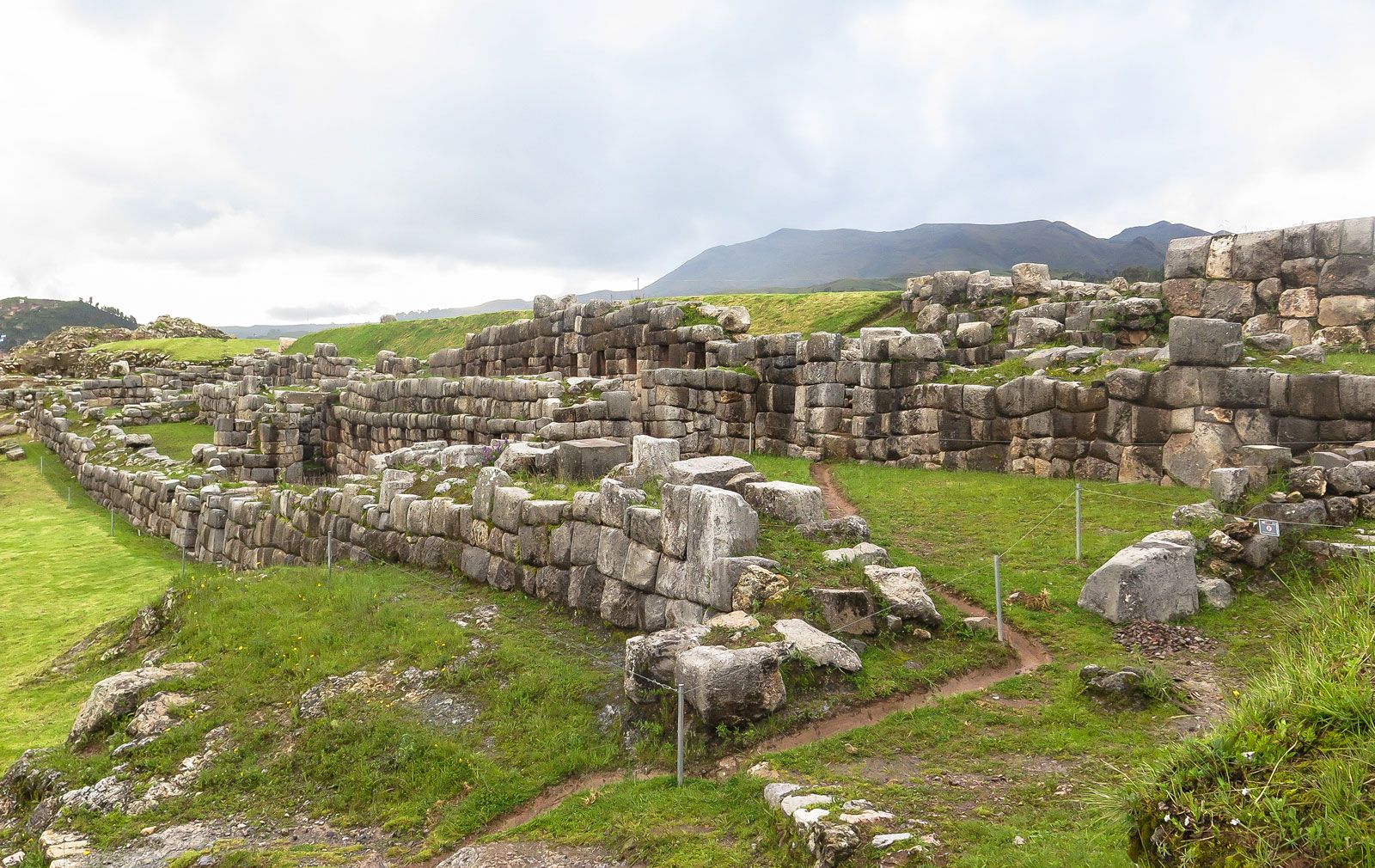
Let’s start with perhaps the most iconic location of the Inca empire, known as Cusco, which translates to the navel of the world. It’s still a thriving capital, and was known as the heart of the Inca empire during the ancient civilization’s time as the largest empire in the world. It was said that Cusco was developed by someone known as Sapa Inca Sapachuti. It’s said that they were responsible for taking the relatively small Inca society and turning it into one of the largest empires in the known world.
The reason why Cusco was known as the navel of the world was that it was built around four highways, all of which connected to the four corners of the Inca civilization. Unfortunately, a good chunk of Cusco was destroyed during the Spanish conquest, but many of the holy sites still remain. One of which is next on the list.
Koricancha

Koricancha is situated in Cusco, and isn’t considered to be a city on its own, but the Inca Empire did not have too many cities due to its geographical location. Such is the reason why alongside the cities, we talk about some of the most iconic locations, such as Koricancha, the golden temple of the sun. The interesting thing about the temple is that most of its architecture remains the same after all these years.
The Spanish, having destroyed most of Cusco, kept Koricancha and transformed it into a monastery. However, they kept most of the temple intact. It looks much the same as it did back in the day, making it a must-visit for anyone interested in Inca culture.
Ollantaytambo
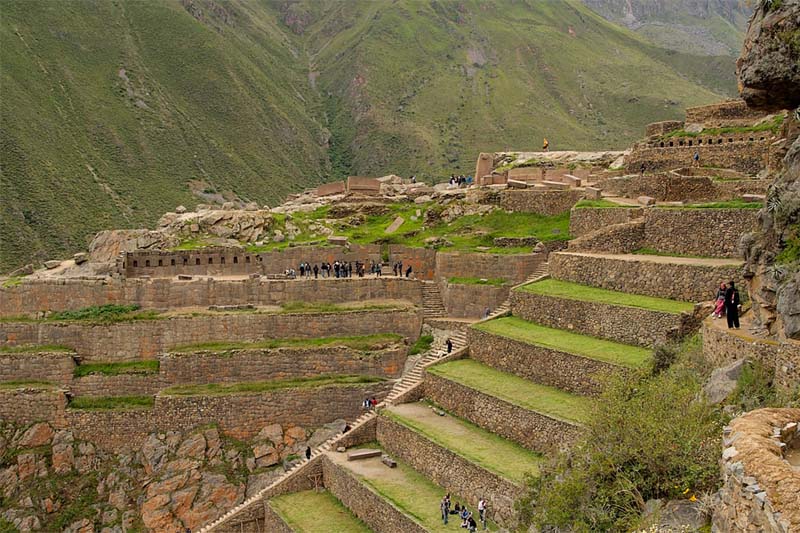
One thing to note when looking into the many cities of Peru is to understand that the Incas didn’t have too much of a choice when it came to where they could place their cities. Such is the reason why Ollantaytambo is situated high up in the Andes mountains. Ollantaytambo is one of the few Inca cities where the walls from back in the days of the Inca Empire still exist, as well as the street grids.
Naturally, it’s a beautiful city due to its location, and you’ll find that most cities in the Inca civilization are fascinating in their own right due to their location. There were even some cities the Spanish considered to be hidden due to how high up in the mountains they were.
The Inca Road System

When you think about the accomplishments and cities of the Inca Empire, it would be remiss not to mention an architectural feat that might as well count as a city of its own. Known as the Inca trail or the Inca road system, it’s a highway that spans about 40,000km, during a time when the ancient Inca civilization needed a means of getting quickly from one place to the other.
The fascinating thing about the Inca trail is that the Incas did not make use of the wheel. They found a means of traveling across the mountain ranges and through the various cities despite a lack of the wheel, and they also had messengers scattered all over the highway to ensure important messages came through. In a lot of ways, the Inca civilization is like a giant city, connected together by the Inca trail.
Machu Picchu, Pinnacle of the Inca Trail
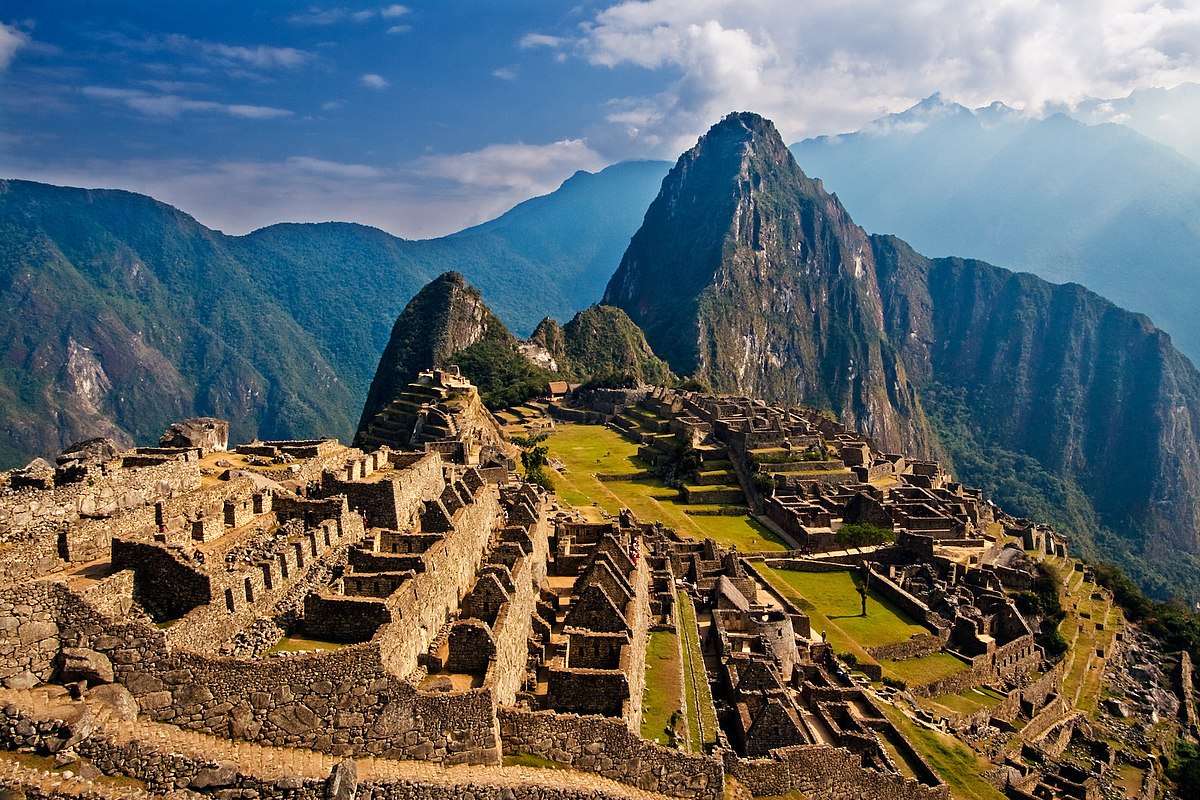
The reason why we even spoke about the Inca trail being a city of its own is due to what it represents, and what it was able to achieve. In this case, you won’t find a better example of Inca exploration than Machu Picchu. It’s the most famous of the Inca sites, and it’s also known as the Lost City of the Incas. However, it’s not the most accurate description, as the natives of Peru were undoubtedly well-aware of Machu Picchu. The only difference was that the Spanish had no idea.
Machu Picchu was built as more of an estate, belonging to Pachacuti, an Incan king. Machu Picchu is as famous as it is breathtaking.
Choquequirao, Sister of Machu Picchu
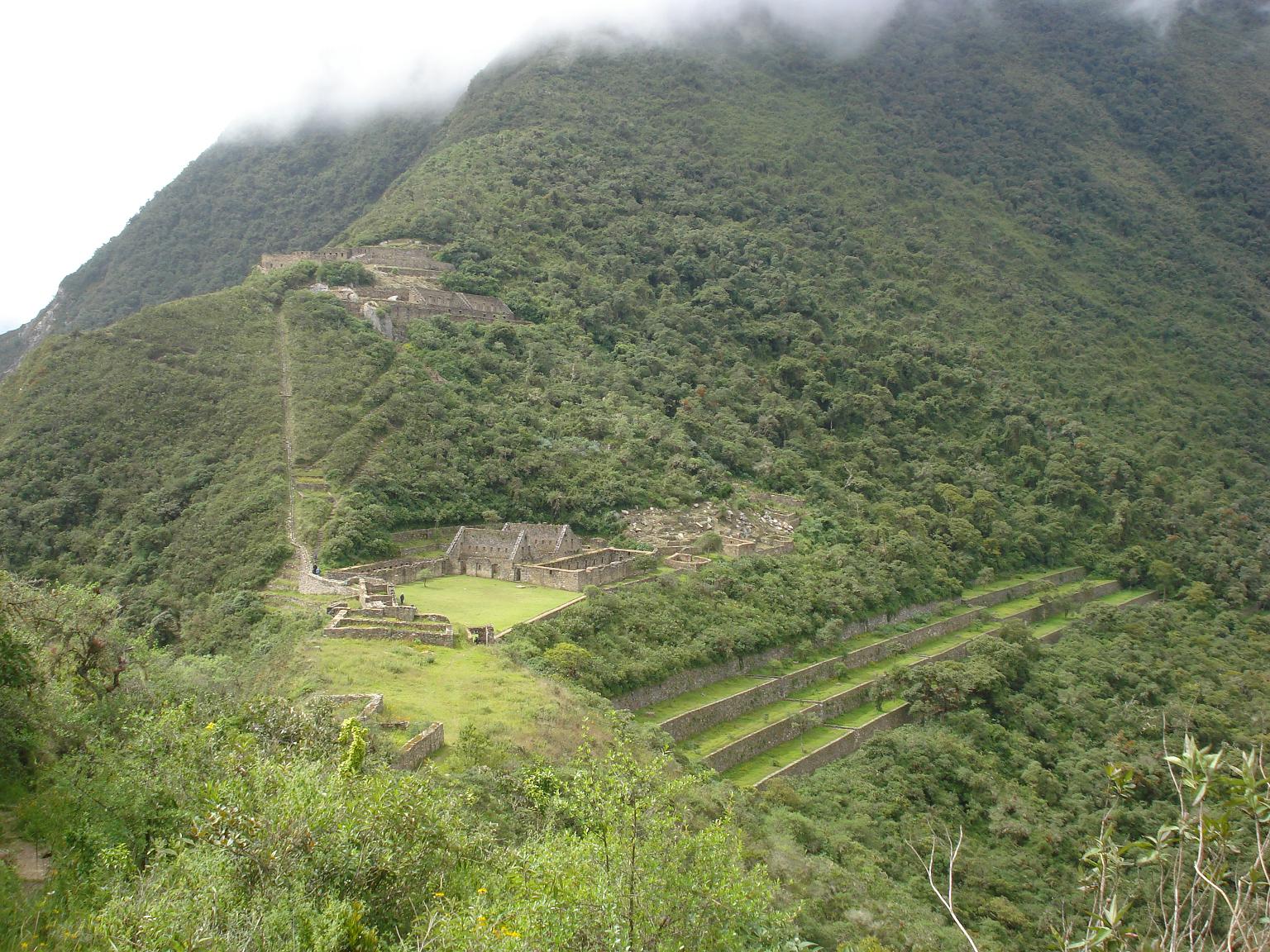
If Machu Picchu is known as the most famous site of the Incas and considered the lost city, then Choquequirao is the sister site of Machu Picchu, lesser-known but just as breathtaking. The thing about Machu Picchu is that as famous and incredible as it can be, it also attracts tourists from all over the world.
Far too many people visit Machu Picchu at all times, making it a hassle for those that want to experience a bit of peace and quiet while visiting famous sites. For those who want something a bit more unorthodox, you have Choquequirao. The design of the city is similar to the Imperial Capital, making it quite the sight for history buffs. The fact that you can more easily visit Choquequirao without all of the hustle and bustle of other famous sites makes it worth a visit.
Pachacamac
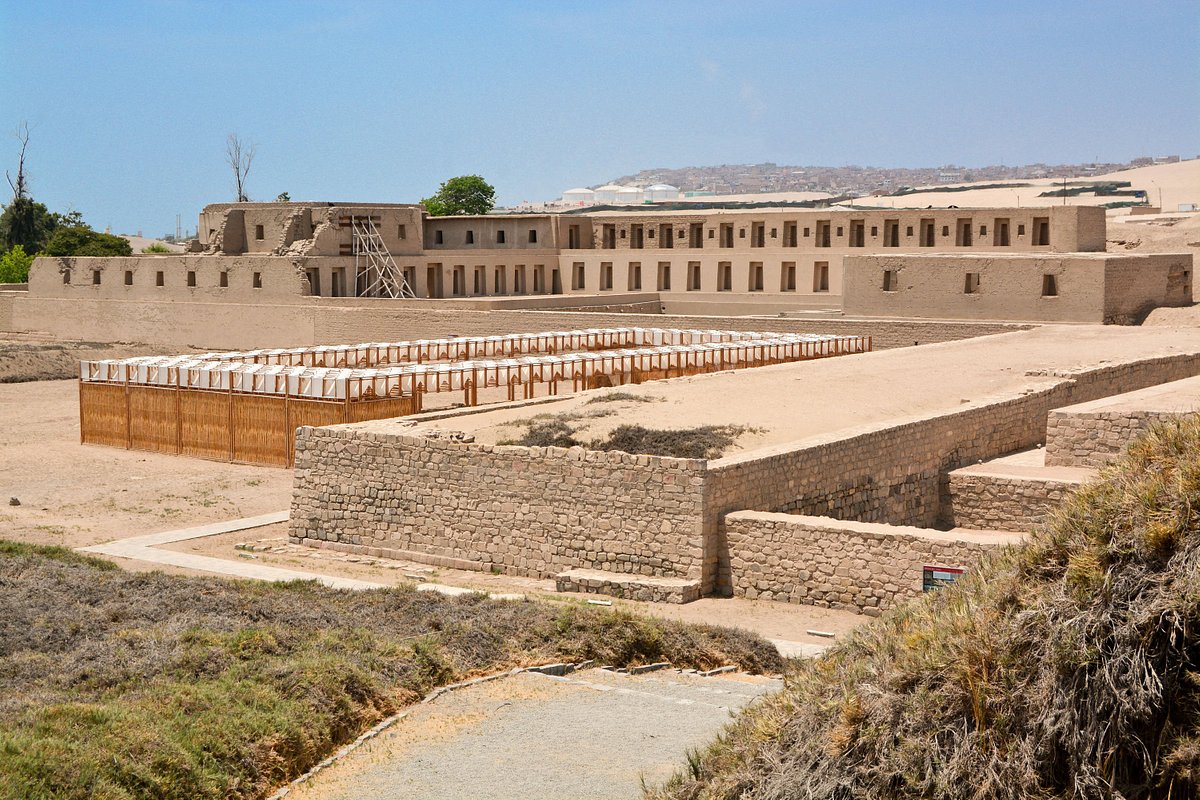
Interestingly, this city was named after Pachacamac, known to be the creator of the universe alongside Viracocha. It was also a ritual ground long before the Incas used it as a city, making it one of the oldest cities of the Inca civilization. That said, the Incas made significant improvements to the area when they settled in, turning it into an impressive city.
Not only did they improve the overall layout of the city, but they added new temples dedicated to their gods and goddesses. While Pachacamac might have been a ritual ground before the Incas, it turned into a ritual city with their help.
Lima

Lima is considered the cosmopolitan capital of Peru. It’s known as the city of kings, but not necessarily because it was the station of a grand king from the Inca empire. Instead, the founding of the city was during a religious holiday. One of the most fascinating things about Lima is that while it might not have been a prominent location during the time of the Inca Empire, the city prides itself in preserving as much as it possibly can concerning the Inca civilization.
It creates a situation where one of the more important cities of the Inca civilization is a modern city that was not considered a crucial location back in the day. It’s one of those rare situations where a modern city takes precedence due to their efforts in restoring and preserving Inca culture.
Lake Titicaca

The Inca culture is fond of beliefs concerning gods and guardian spirits, especially when it has to do with the mountains. They believe that each mountain has its own guardian, known as the Apu. Such is the reason why Lake Titicaca serves such a pivotal role in the culture of the Incas. It’s the world’s highest large lake, and was known to be the birthplace of the sun and the sun god, Inti.
Lake Titicaca plays a role in the history of the Inca Empire, as well as long before the formation of the Inca civilization. It’s one of the more fascinating places to visit in Peru.
Arequipa, the White City
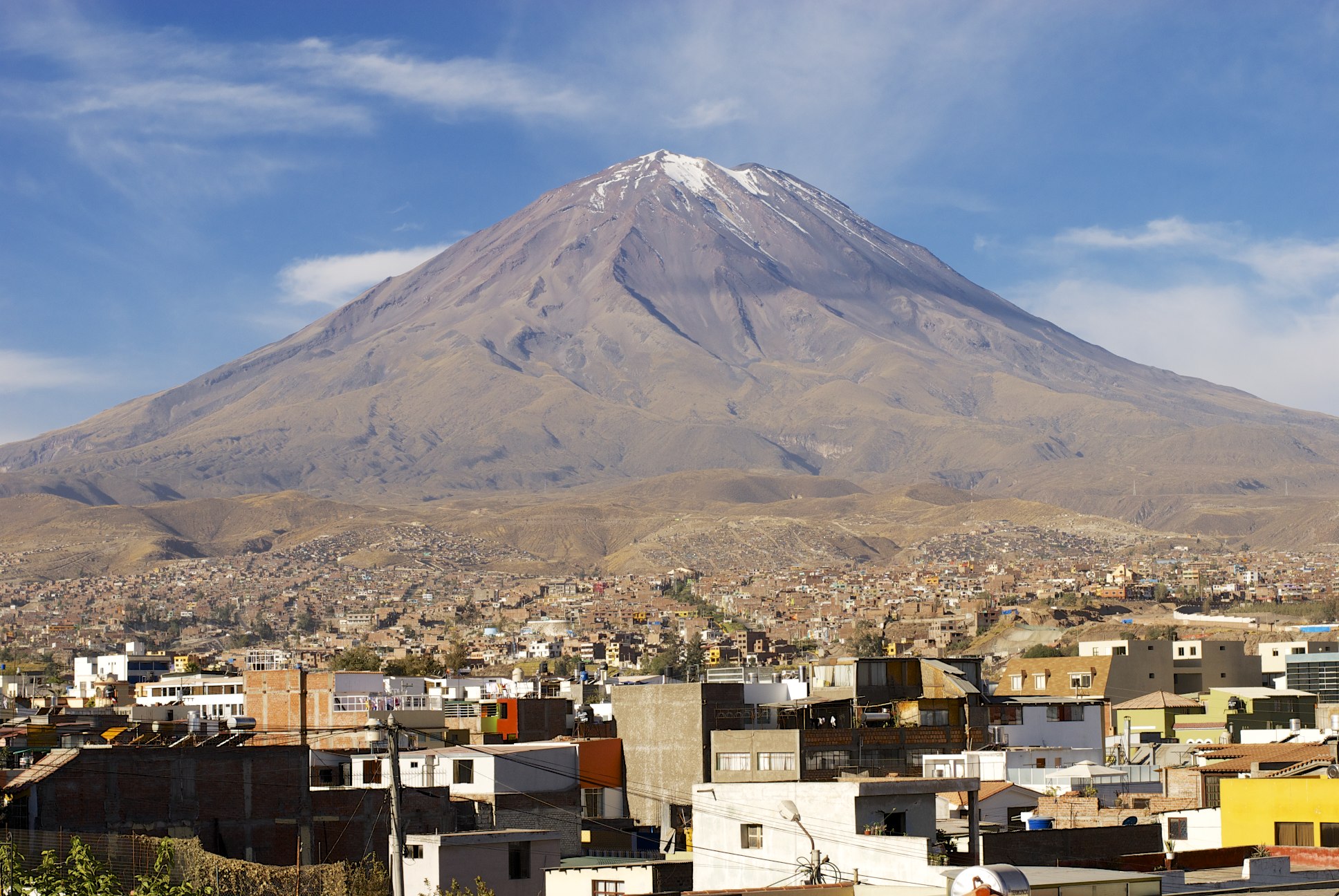
We look into a more modern city of Peru, but one steeped into history similar to other ancient sites of the Inca. Arequipa is known as White City due to its overall architecture. It was built with white volcanic stone, known as sillar. That said, the fact that the city is surrounded by four, large volcanoes is making many people consider changing the name of the city.
Arequipa has been inhabited in one way or another over thousands of years. It’s one of the top cities to visit in Peru in the modern age, but it was still extremely valuable during the Inca empire. Funny enough, Arequipa is known as a city of spicy food, with many of its inhabitants preferring spicy casseroles.